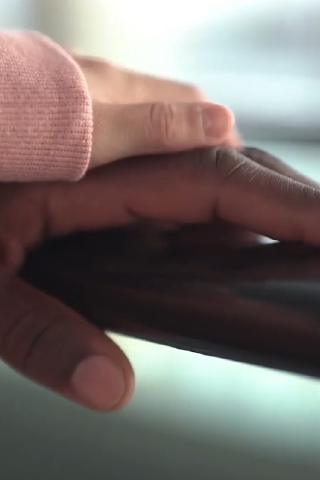
- Residential
- Retail
- Office
- Hotel
- Hospital
- Elevators
- Escalators & moving walks

KONE Company References
Get a slice of urban life and discover our updated KONE elevator news. Keep tabs on the latest smart elevator technology news, references, and stories about cities and the people in them.
Discover KONE Elevator News & Stories

Cookies
We use cookies to optimize site functionality and to give you the best possible experience while browsing our site. If you are fine with this and accept all cookies, just click the 'Accept' button.


















